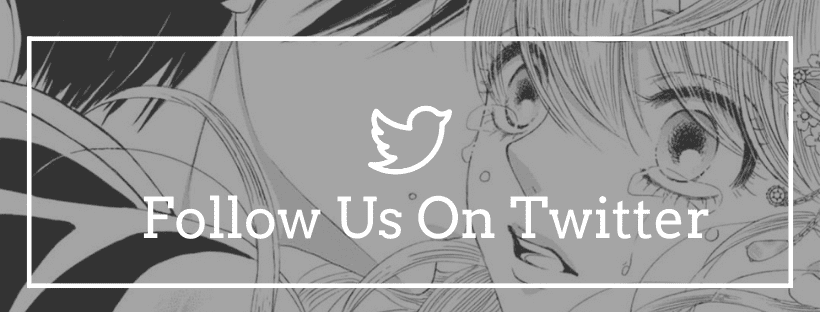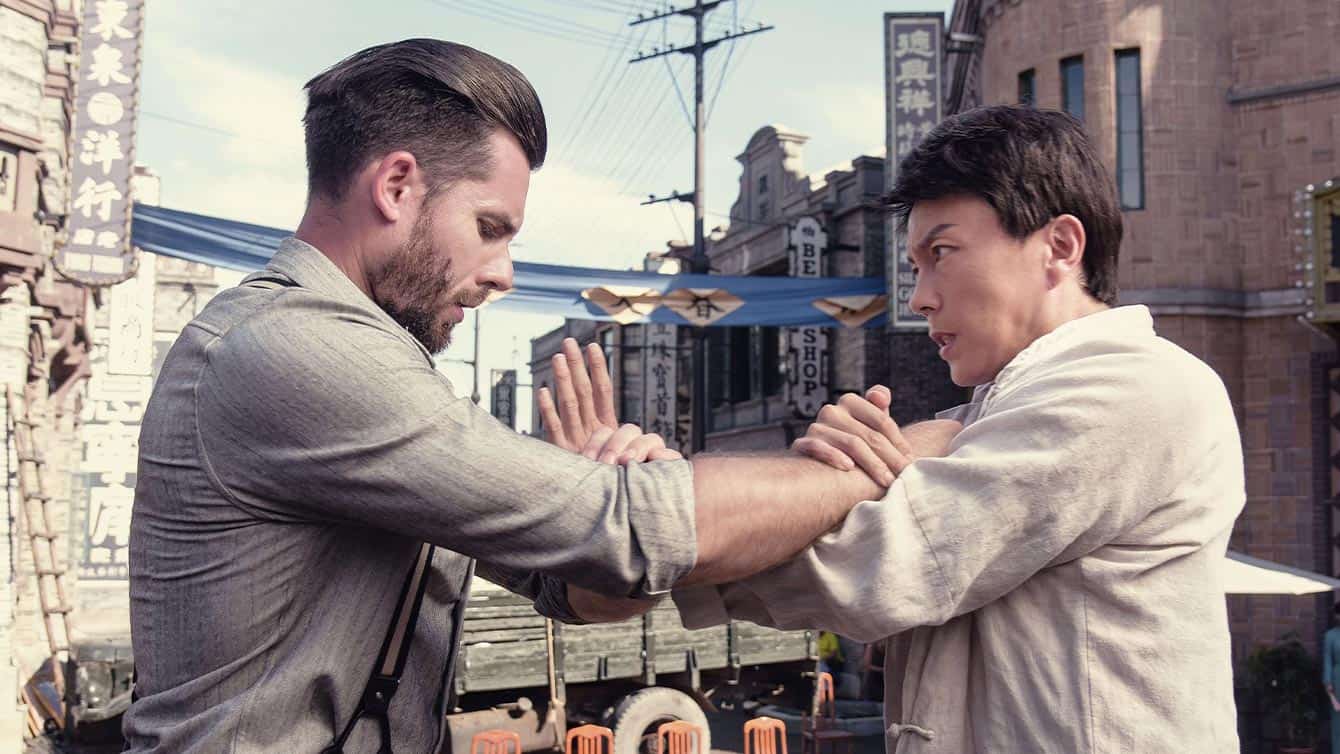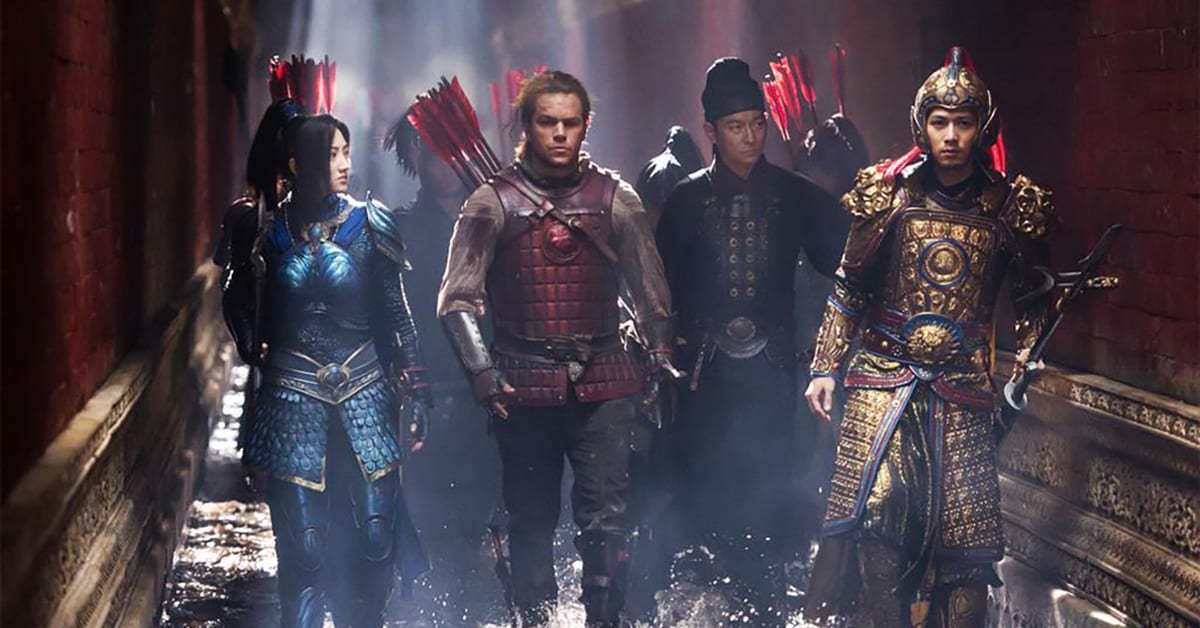“I'd like to raise a son able to love his friends, his better half and the whole world. And then… To make himself loved.”
Published through Hollow Press, the Italian publisher focused on highlighting talent from the underground with creatives from across the globe, “Heartbreak Reincarnation” marks the fourth release of the work of Ichiba. The above quote, taken from the dust jacket, sets the general theme of sacrificing for the better of the family. However, in the disturbed world of “Heartbreak Wonderland,” the child is a burden that the mother must fight against violence and depravity through a surreal and twisted landscape full of deviants and the culturally misguided in order to find redemption for the abomination she calls her son.
Buy This Title
by clicking on the image below
Staying very much in line with Ichiba's admiration of drawing ‘beautiful women', “Heartbreak Reincarnation” puts the focus on a female protagonist up against extreme adversity from an unforgiving culture. Furthermore, the book maintains that exploitive edge which makes it instantly controversial in subject matter and not a work to be approached lightly or with reservations or fear of ‘triggers'. Ichiba is a creator of massive talent, working in multiple mediums but his unreplicable art style, understandably, won't speak to a broader audience with its willingness to challenge the reader and dwell on the taboo.
As far as narrative goes, “Heartbreak Wonderland” is more muddled than any previous Ichiba title, which speaks volumes considering the creators already abstract approach to storytelling and visuals. Certainly, there are elements that have stayed consistently thematic in his work, as the corruptions of youth, sexual exploitation, desire for freedom, and violence being among them, yet they don't amount to the same confrontational exploration of such themes already seen in works like “KSKHH” and “The Life of Namazuko”. This makes it a less-than-ideal starting point for delving into his work which will already be a challenge for many given the boundary-pushing nature of the content.
However, returning fans or those that are obsessed with the visual direction of the unique Japanese talent won't feel the lack of story to be a deterrent to the overall appeal of the book. The presentation from Hollow Press, which is always impeccable, published the brief manga (56 Pages) in a glorious oversized print that highlights the eccentric visions of Ichiba. The confused story becomes negligible once the actual book is in your hand and the chaotic visions of its creator splash across the pages. Utterly impressive, the combination of beauty and morbidity is wonderfully captured in the release.

Admittedly, stumbling blindly into the world of Ichiba is unlikely as his cult status is birthed from a fanatic fanbase dedicated to his visions while also being aware of its limitations in the mainstream–an obvious part of the appeal. However, those who appreciate comics/manga that push the boundaries of taste and find that unique balance between obscenity and serenity should consider exploring his world
As mentioned, this release on its own is not necessarily the best showcase of the creator's storytelling ability, but it would make an ideal companion piece to Ichiba's “The Life of Namazuko” which is easily his most accomplished narrative-driven work published to date. Not to mention, the book itself is a real show stopper on the shelf, something to be flipped through by unsuspecting visitors to create either disgust or awe, perhaps both.

















